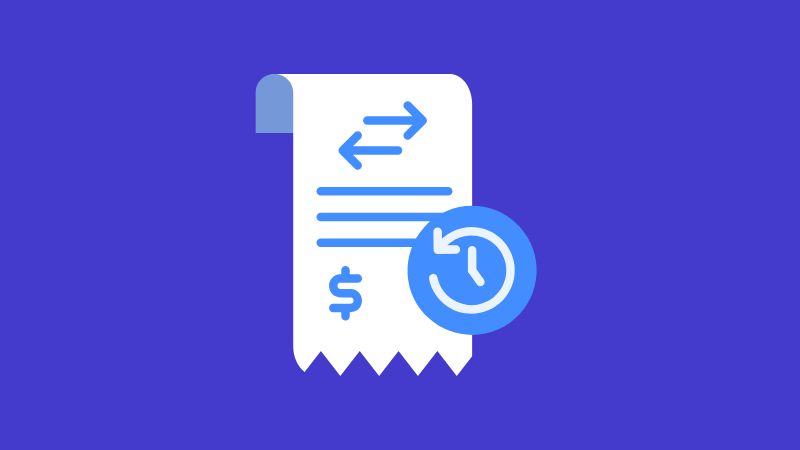
Evolution of Lifeline: From Basic Phones to Digital Access
The Lifeline program stands as a cornerstone of America's commitment to universal connectivity, evolving from a simple telephone assistance program to a comprehensive digital inclusion initiative. Let's explore how this vital program has transformed lives and adapted to meet modern communication needs.
Program Milestones
- 1985: Program establishment under Reagan administration
- 1996: Telecommunications Act expansion
- 2005: Wireless service inclusion
- 2016: Broadband internet support addition
- 2021: Emergency Broadband Benefit integration
Understanding the Lifeline Program
Lifeline is a federal program that helps make communication services more affordable for low-income consumers. Initiated by the Federal Communications Commission (FCC) in 1985, the program ensures that all Americans have access to essential communication services needed for employment, healthcare, and emergency services.
The Foundation Years (1985-1996)
Following the breakup of the Bell System in 1984, concerns arose about maintaining affordable phone service. The Reagan administration established Lifeline to ensure continuous access to basic telephone services for low-income Americans. Initially, the program focused on:
- Basic local calling service subsidies
- Connection fee assistance programs
- Monthly service discounts
- State-specific support initiatives
Wireless Evolution (2005-2016)
The program underwent significant expansion in 2005 with the inclusion of wireless services. This transformation reflected the changing telecommunications landscape and included:
- Introduction of mobile phone options
- Text messaging capabilities
- Expanded coverage areas
- Multiple provider choices
Digital Age Adaptation (2016-Present)
In 2016, Lifeline embraced the digital revolution by including broadband internet support. This expansion recognized internet access as essential for:
- Remote education opportunities
- Telehealth services
- Job search and applications
- Government service access
How Lifeline Works Today
Modern Lifeline benefits include:
- Monthly discount on phone or internet service
- Free smartphone options through participating providers
- Choice between wireless or broadband service
- Additional state-specific benefits in some areas
Looking Forward
As technology continues to evolve, the Lifeline program adapts to ensure digital equity. Future developments may include expanded 5G access, increased data allowances, and integration with other digital inclusion initiatives. Learn more about current benefits and eligibility at govtphones.org.
Related Articles
Can You Use Free Government Phones Abroad? The International Travel Guide
Learn about using your free government phone while traveling internationally, including roaming limitations, SIM unlock options, and alternative solutions for staying connected abroad.
State-Level Innovations in the Free Government Phone Program
Discover how different states are implementing and improving free phone programs for their residents.